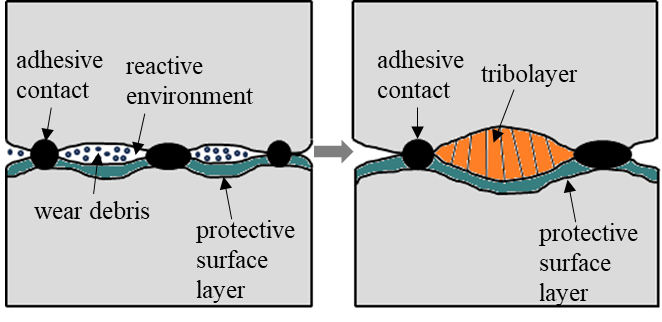B. Öztürk, E.M.H. White, D. Dickes, U. Glatzel, L. Mengis, M.C. Galetz
Surface and Coatings Technology 487 (2024), 130993, DOI: 10.1016/j.surfcoat.2024.130993

Titanium alloys, especially Ti-6Al-4V, are widely applied in the aerospace, automotive, marine, medical, and chemical industries due to their high strength, low density, good corrosion resistance, and high-temperature performance. However, the low wear resistance of Ti-6Al-4V hinders its broader applications. In this study, the influence of five different surface modifications on the tribological behavior of Ti-6Al-4V is compared. The five surface modifications were categorized as: 1) single-step process (oxidation), 2) two-step process (oxidation+reduction), 3) three-step process (oxidation+reduction+reoxidation), 4) oxidation at reduced oxygen partial pressure, and 5) a newly developed Zr slurry diffusion coating followed by subsequent oxidation to form ZrO2-enriched TiO2 on the surface. The wear tests were performed using a Si3N4 ball counterpart with a load of 5 N at a sliding velocity of 5.25 · 10−2 m/s and with a total sliding distance of 300 m. The wear mechanism for the unmodified Ti-6Al-4V was predicted and observed to be the detachment of Si3N4 particles from the counterpart and metallic particles from the substrate, subsequent oxidation of these particles via tribochemical reactions, and the adherence of the oxidized wear debris into the substrate and counterpart surface grooves. Deep ploughing grooves were not evident in the wear tracks of any surface-modified Ti-6Al-4V materials. Instead, wear debris containing Si-rich oxides formed as a tribolayer, except for the two-step processed sample. All surface treatments led to narrower and shallower wear tracks and there was no measurable material removal for the Zr diffusion-coated sample under the investigated conditions.